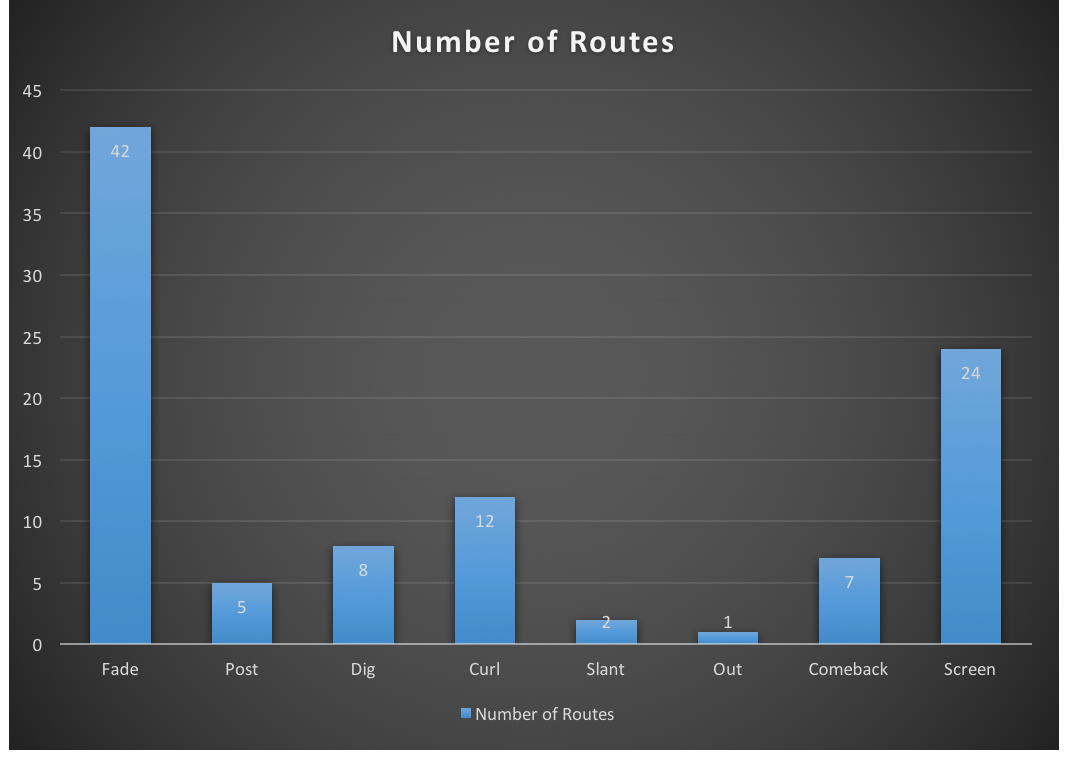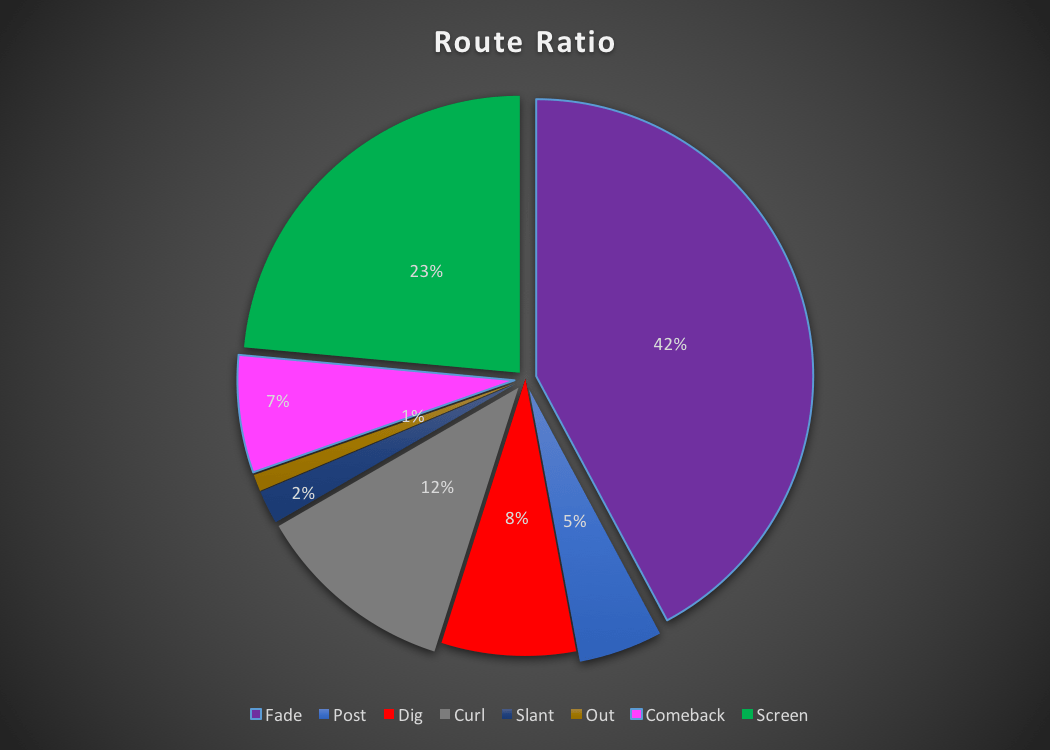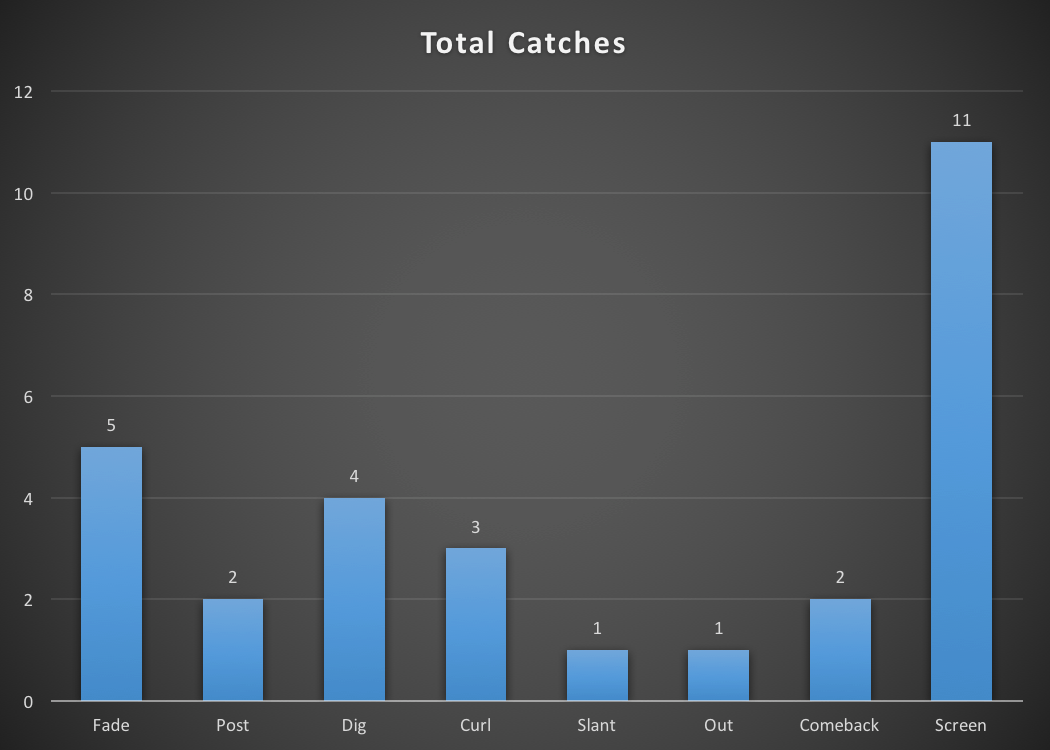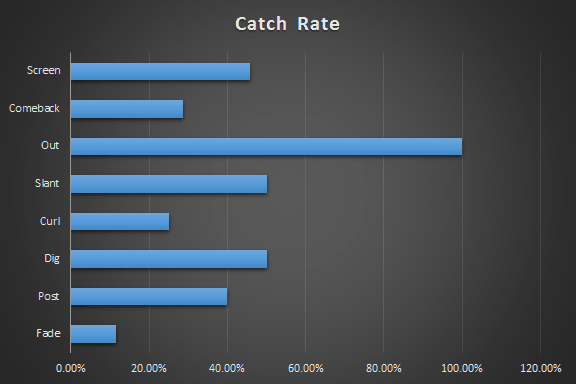Devy Profile: Calvin Ridley, WR Alabama
It’s very rare that a freshman wide receiver becomes a household name during their inaugural season, but Calvin Ridley did just that in 2015. During that time, he was considered one of the top prospects in the nation and was a hot commodity in devy drafts. Fast forward to now, and his stock in devy leagues has seen a tremendous dip.
Player values are very fluid in developmental leagues until the actual NFL Draft occurs, which causes a player’s value to find a home due to the stability of being on an NFL roster. Ridley’s stock could easily climb back up to the top if he has a productive season this year and becomes one of the top performers at the combine (if he decides to come out after his junior season).
As a Recruit
[am4show have=’g1;’ guest_error=’sub_message’ user_error=’sub_message’ ]
Ridley went to school at Monarch High School in Coconut Creek, Florida which is located near the Miami-Fort Lauderdale metropolitan area. He only played in three games during his senior year as he was over the age restriction in the state of Florida. Anyone over the age of 19 and nine months is not eligible to play high school football in the state of Florida. Even with the shortened senior season, he still managed to catch 18 receptions for 420 yards and four touchdowns. He did a lot of damage during his junior season in 2013, when he caught 41 passes for 1,131 yards and 12 touchdowns.
According to 247Sports, Ridley was ranked the number one receiver in the 2015 recruiting class while being ranked the 11th-best prospect in the nation. He was a highly sought after recruit and there was an intense bidding war for his services between Miami, Florida State and Ohio State before eventually signing with Alabama.
Freshman Season
He blew up during his freshman season, catching 89 receptions for 1,045 yards and seven touchdowns while averaging 69.7 yards per game. He eclipsed the 100-yard mark four times that season with his best game against Michigan State in the Cotton Bowl, where he caught eight receptions for 138 yards and two touchdowns.
He was a key proponent to the team, owning a 33.56 percent market share of Alabama’s passing offense, ranking first amongst freshman wide receivers and 24th in the nation. He broke Alabama’s single-season freshman receiving record, surpassing Amari Cooper’s previous mark of 1,000 yards that was set in 2012.
Sophomore Season
Ridley finished his sophomore year with 72 receptions for 769 yards and seven touchdowns, placing second on the team, directly behind ArDarius Stewart in receiving yards and touchdowns. He only had two games with over 100-yards receiving with his best game against Kentucky during week four when he caught 11 passes for 174 yards and two touchdowns. Even with the drop in production he still managed to own a 24.38 percent market share of Alabama’s passing offense.
Athleticism
He measures in at 6’1’’ and 190 pounds, which seems true to size since he has a notable slim frame. His size provides the notion that he doesn’t have the stature to out muscle defenders and beat press coverage at the line of scrimmage. He makes up for the lack of size with his speed, since he was clocked with a 4.35 40-yard dash during Alabama’s spring testing in 2016. Usually, tests like these are hand-timed, making the actual results a tad slower when compared to the 40-times at the combine. It’s quite obvious from watching him play that he has plenty of speed to burn and is very dangerous while running vertical routes.
Route Running
His speed and burst off the line of scrimmage sets the tone for his arsenal of routes. He can take the top off the defense in a hurry and the defensive backs have to be aware of that at all times by providing a little extra cushion on every single play. Not only is he fast, but he is quick enough to get in and outs with an ultra-smooth transition to his next move.
I charted four games, equating to 101 routes. The sample size is small, but the information listed still provides relevance while evaluating his route-running repertoire.

With most of his routes being fades, it’s not a secret that Alabama likes to use him as the team’s deep threat option. Like I stated before, his game revolves around speed and his ability to blow by the defender is something Alabama tries to utilize on a consistent basis. He also runs a lot of wide receiver screens, using his quickness to get by the first wave of defenders to try and bust out a big gain.
Intermediate routes aren’t used as often, mainly because he is used to stretch the field. However, he can cut on a dime while running outs, digs, curls and comebacks. Sometimes he will get caught rounding out his routes, this mostly happens on curls and comeback routes.

According to the pie chart, 65 percent of the time he’s either running a fade route or a screen. Out routes and slants are almost nonexistent in his route tree. His lack of size makes it harder for him to out muscle defensive backs to create separation on shorter routes, which is one of the reasons why we don’t see him running many routes in the congested areas of the field.
His third most utilized route is the curl. He tends to take advantage of the cornerback by releasing off the line like he’s going to stretch the field, but feints the defender with his quick footwork and finishes his route by cutting back toward the line of scrimmage to complete his ten-yard curl.

On the 101 routes ran, he managed to catch a total of 29 balls with most of his receptions coming from screen passes. Most of the screen plays were quick passes from the quarterback, making them very easy passes to convert. Even though he ran a total of 42 fade routes, he still only managed to reel in five receptions, mostly because fade routes are usually a lower percentage play.

Sample size distorts some of the catch rates that are listed, considering he ran only one out route, making a 100 per cent conversion rate easy. His speed makes him almost impossible to cover while running dig routes, because it’s difficult for defenders to run stride for stride with him while battling the congestion in the middle of the field.
Most of his fade routes are used to take the top off the defense and clear the underneath portion of the field to make it easier for the other wide receivers to operate, making Ridley one of the least-targeted options while he’s stretching the field.
Ball Skills
He has an innate ability to track the ball while it’s in the air and make over the shoulder catches look easy while running deep routes. This makes him a very dangerous deep threat, because he already has the speed to blow by the defender but can also make a play on the ball while the pass is in midair to convert a tough contested catch downfield. These are the plays that he’s known for and will be the main reason why he will succeed at the NFL level.
Ridley has very strong hands and is not averse to attacking the ball at the catch point. He can reel in passes over his head and away from his body. He’s very technically sound when it comes to catching the football.
Opposing defenses do not want him to get the ball in open space, because he can be three yards and a cloud of dust if the defense is caught off guard. He also has a tremendous ability to pick up yards after catch, mainly due to his incredible speed.
NFL Comparison
He has drawn a lot of comparisons to Reggie Wayne and Amari Cooper, but I don’t think either one of those players accurately depicts his skill sets. Cooper and Wayne are both more technical route runners and are more polished when it comes to the finer nuances of the wide receiver position.
DeSean Jackson draws a closer comp when it comes to play style. Like Ridley, he’s a very dangerous deep threat who can easily make plays on the ball downfield. Both players can eat up yards in bunches after the catch. The big difference between the two players is size, as Ridley is already 20 pounds heavier and a few inches taller than Jackson.
Age Dilemma
Ridley is currently 22 years old and will celebrate his 23rd birthday by the end of the regular season. If he decides to return to Alabama for his senior year, he could be 24 years old before ever setting foot on an NFL field. He’s more than likely going to enter draft after his junior season, unless something unforeseen happens like a catastrophic injury. Older prospects generally don’t transition well to the NFL game. His age isn’t a deal-breaker, but it’s a major concern.
Summary
He’s one of the best wide receivers in the nation. His speed and ball tracking abilities makes him a very dangerous deep threat. Ridley could eventually become a reliable fantasy asset if get goes to a team that has an accurate quarterback with a strong arm. With most of his targets being fueled by the deep ball, it’s easy to see him providing volatile fantasy production at the NFL level. The talent is there, and if he goes to the right team, he could develop into a stud wide out.
[/am4show]


































































